The history of the cappuccino
The cappuccino was inspired by Viennese coffee. While the tradition in Vienna was to put whipped cream on the coffee, the Italians opted for milk foam instead. The origin of the word cappuccino, pronounced [ka-pou-tchi-no], comes from the word "capucino". This refers to the colour of the cassock (hazelnut brown) worn by Capuchin monks at the time.
How to make a cappuccino
Cappuccino proportions
- ⅓ of espresso
- ⅓ of hot milk
- ⅓ of froth
Making the cappuccino
Grind 18 g of espresso coffee.
Extract a short double espresso into a mug.
Pour cold milk into a frothing pitcher
Froth to about 140°F or 60°C.
Pour hot milk to fill the cup 2/3 full.
Add in milk foam with a spoon.
Enjoy !
The cappuccino foam
To make a successful cappuccino at home, it's important that the milk is frothed to a rich, creamy texture. Indeed, the texture of the foam is the key to a successful cappuccino. It has often been mistakenly thought that a cappuccino should be made by adding a thick cloud of foam to a double espresso. However, this is not the best way of doing things, as foam too thick will not incorporate itself perfectly to the coffee. Instead, the hot milk should be mixed with the espresso and then topped with a velvety foam. This ensures a smooth, delicious cappuccino !
Cappuccino vs. latte
It's also useful to understand the difference between a cappuccino and a latte. The ingredients of both beverages are the same, but the ratio of espresso to milk isn’t. The way they are made also differs, as a latte is made with one or two shots of espresso and a fine micro foam of milk, while a cappuccino is made with a single or double shot of espresso, hot milk and rich milk foam.
The interpretation of a cappuccino can differ from place to place, so we suggest always asking your barista how they prepare it to make sure you get what you want !
Cappuccino variations
There are a few variations on the cappuccino. For example, a macchiato is a mini-cappuccino. The components are the same: espresso, hot milk and thick foam. However, the portions and proportions are different. A macchiato can be single or double. For the single, we assemble a short single espresso, a tablespoon of hot milk and a heaping tablespoon of foam. For the double, we simply double these quantities. The cappuccino also inspired the babyccino, milk foamed with cinnamon or cocoa, and the marocchino. The latter is served with chocolate at the bottom of the cup and a layer of cocoa between the milk and the foam.

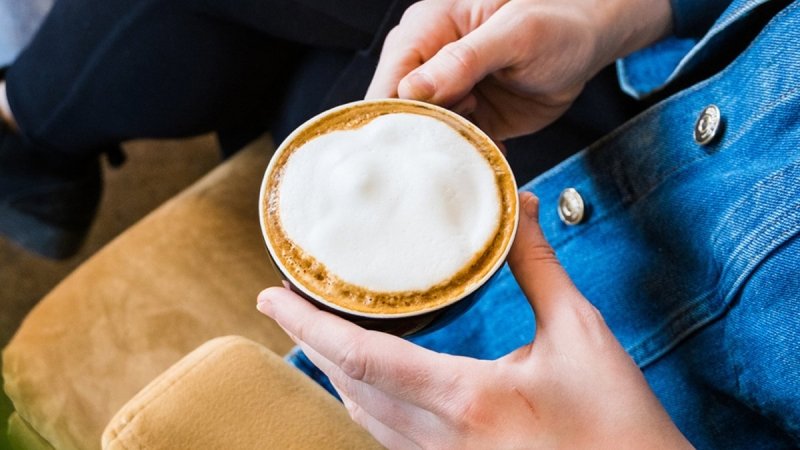
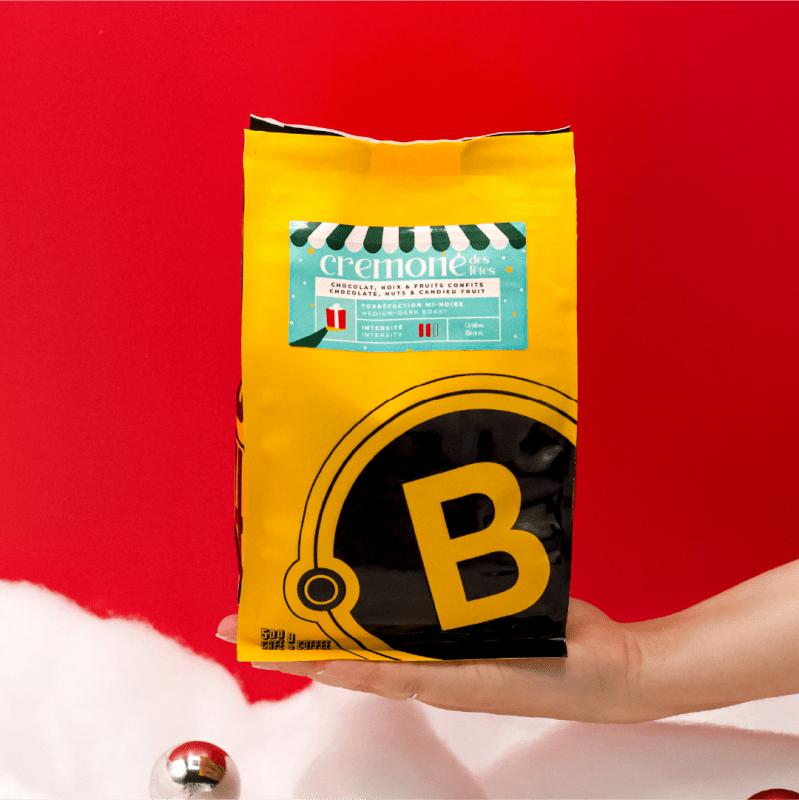
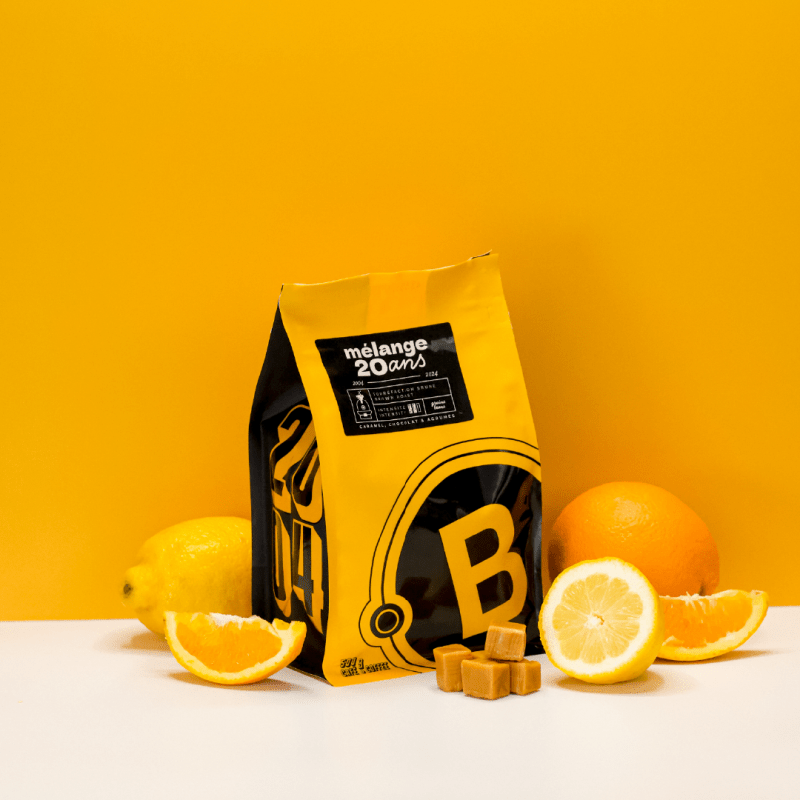



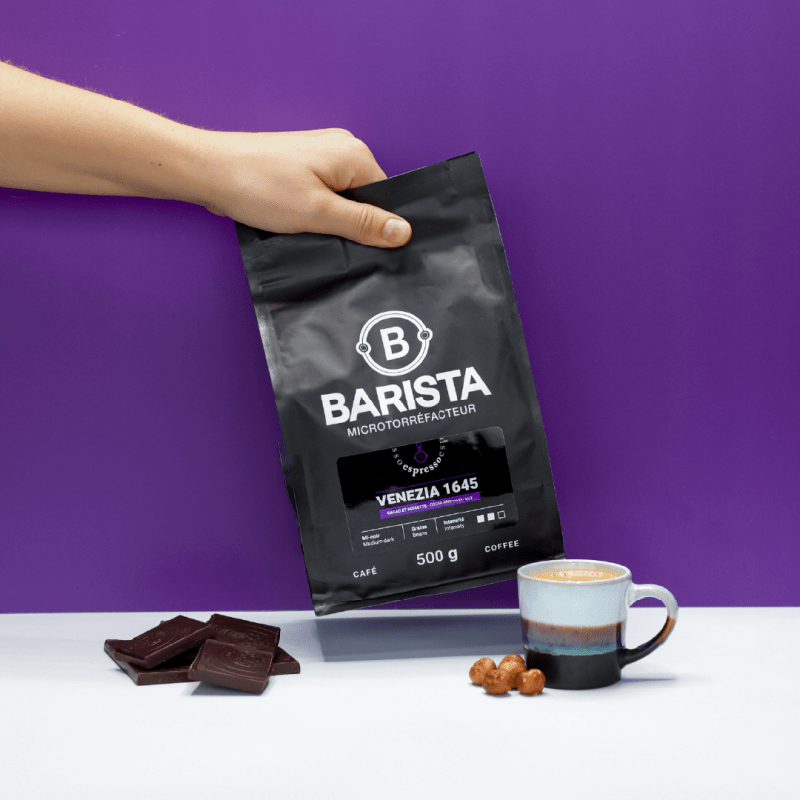
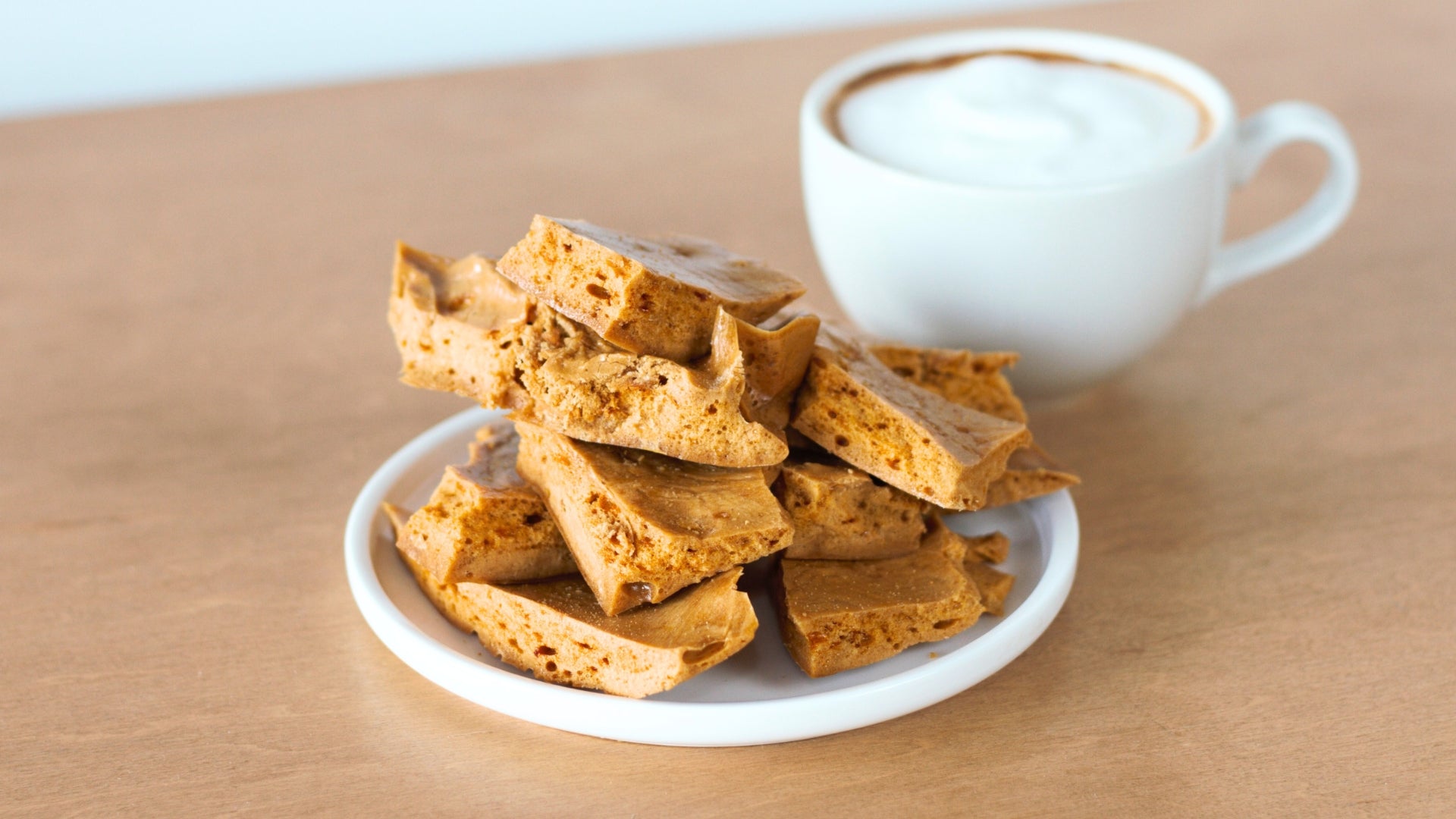
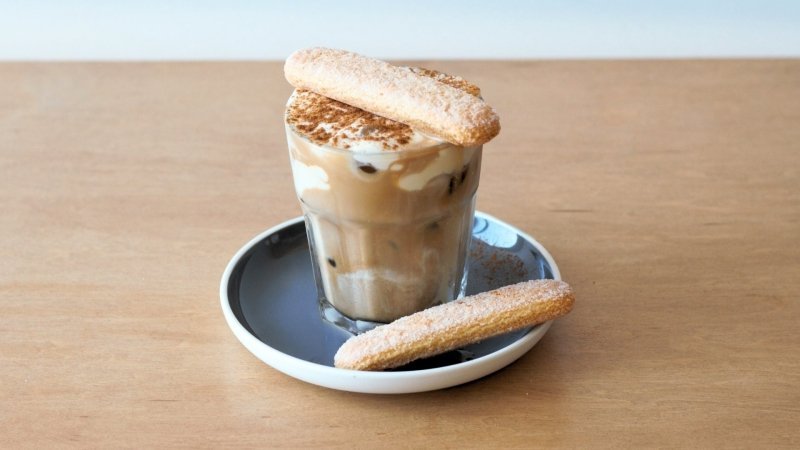
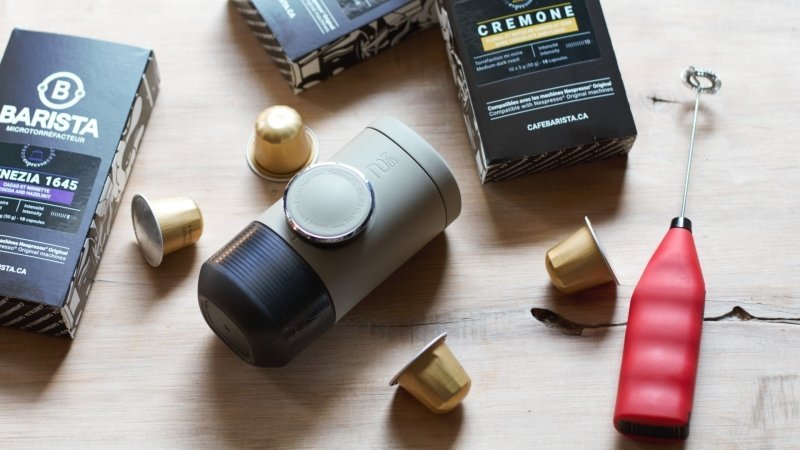
Share:
How to make a latte?
7 caffeinated cocktails with 1642 tonics